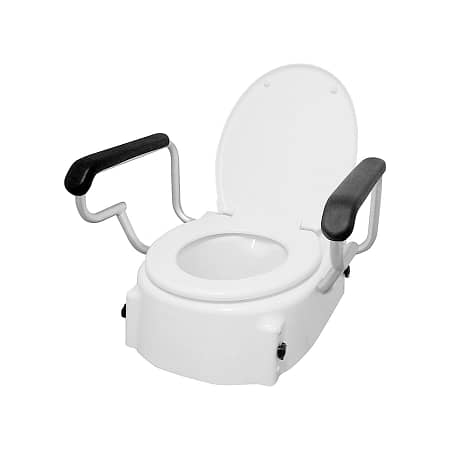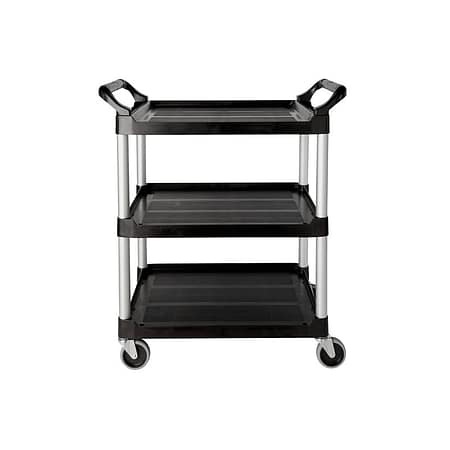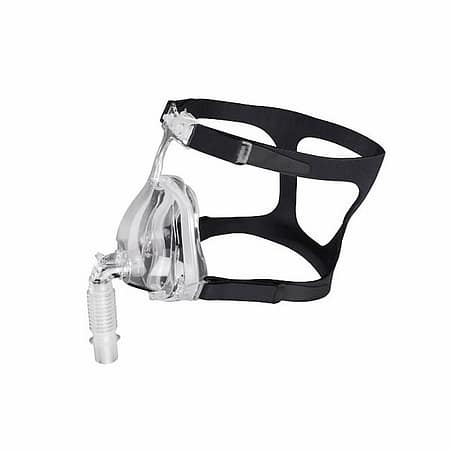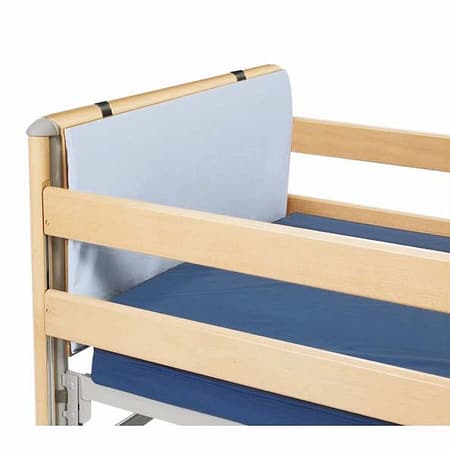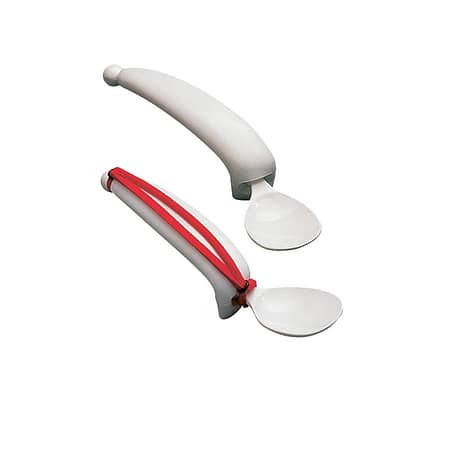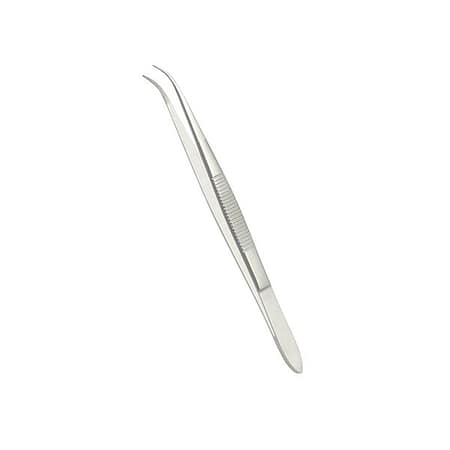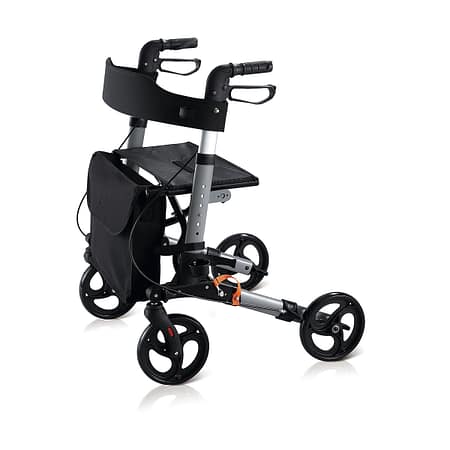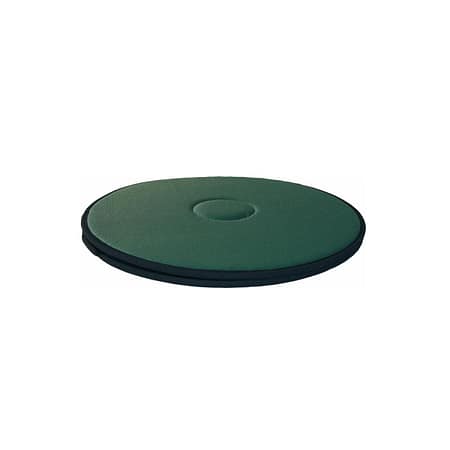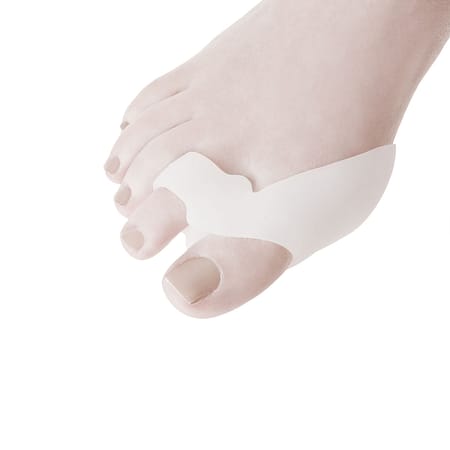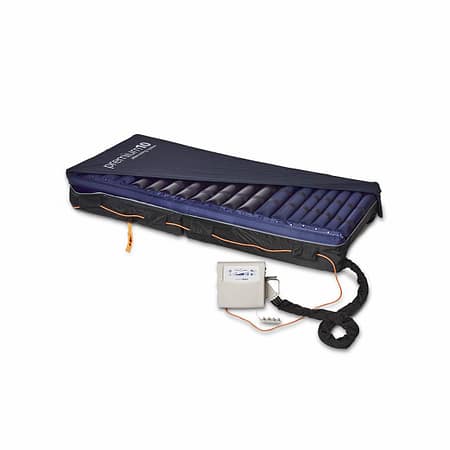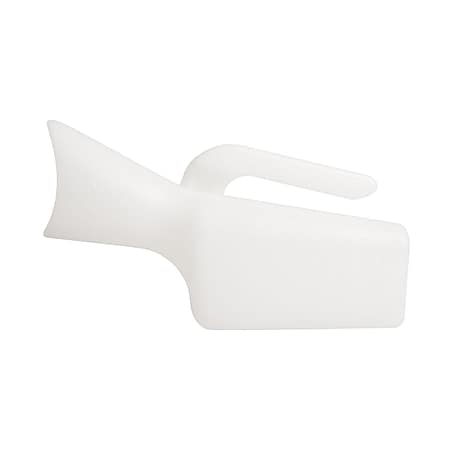Suction canisters come in various sizes to fit different medical needs and procedures. The right capacity is essential for effective and efficient fluid collection. Smaller canisters are suitable for minor treatments, while larger capacities are ideal for longer or more intensive procedures, especially in high-demand settings like an australian health care centre. Choosing the correct size not only prevents overflow but also reduces the need for frequent canister changes, allowing medical professionals to focus on the procedure without unnecessary interruptions.
Understanding Measurement Markings on a Suction Canister
Measurement markings are a crucial feature on suction canisters. These markings allow healthcare providers to accurately monitor fluid levels throughout a procedure, helping prevent overfilling and ensuring the canister is used safely. Clear and precise measurements help medical staff gauge fluid levels quickly, which is especially valuable in fast-paced environments where accuracy is vital. Without clear markings, it’s difficult to assess fluid collection accurately, which can disrupt procedures and compromise safety.
Popular Suction Canister Capacities and Their Uses
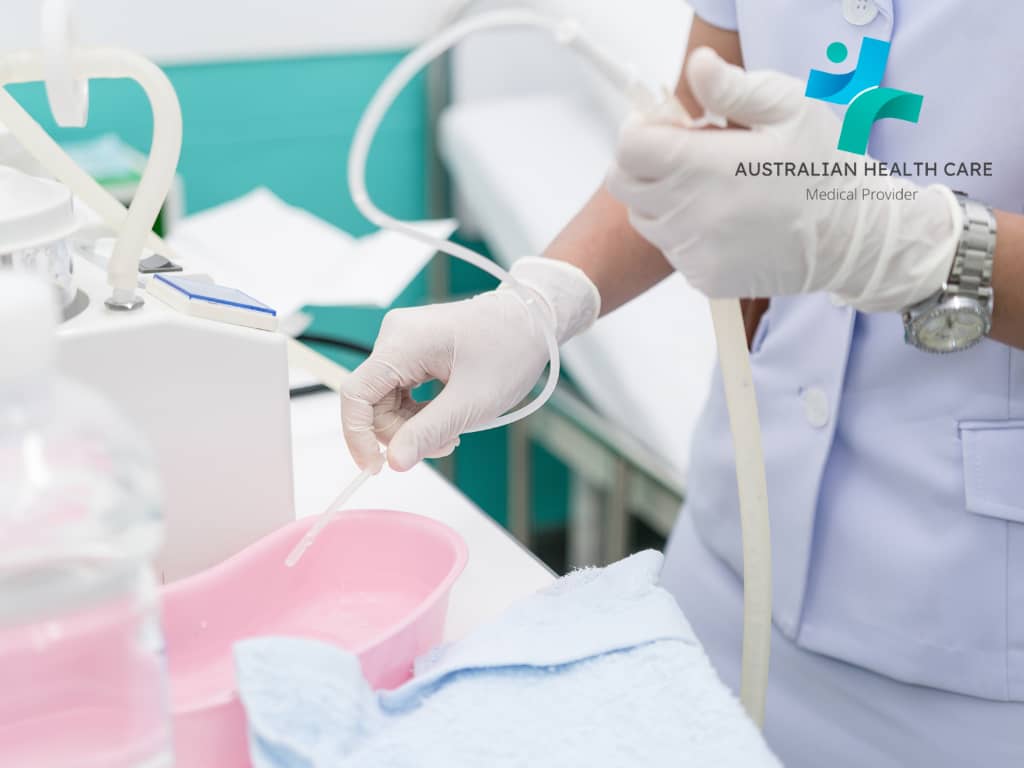
Common Capacities: Small, Medium, and Large Options
Suction canisters come in several standard capacities, typically ranging from 800ml to 2000ml or more. Small capacities (around 800ml) are excellent for minor procedures or cases where minimal fluid is expected. Medium-sized canisters (1200ml) serve general-purpose needs and work well for routine procedures. Larger canisters (2000ml or more) are designed for procedures with higher fluid output, reducing the need for multiple canisters during longer treatments.
How to Choose the Best Capacity for Different Procedures
Matching the suction canister size to the expected fluid volume of a procedure is key to efficient use. Larger canisters are ideal for surgeries or high-drainage procedures, while smaller canisters suit short or minimally invasive treatments. Selecting the right capacity is not only cost-effective but also reduces the need to pause for emptying, ensuring that medical procedures run smoothly.
Types of Measurement Markings on Suction Canisters
Understanding Volume Markings and Their Purpose
Most suction canisters come with volume markings in millilitres or litres, making it easy to monitor fluid collection. These markings let healthcare professionals gauge fluid levels quickly, ensuring procedures are managed effectively. Volume markings are essential for real-time monitoring, allowing staff to assess the collection progress and respond promptly if fluid levels rise quickly.
Ensuring Accurate Measurements with Clear Markings
For precise readings, it’s crucial that volume markings are clear and easy to see. In high-stakes environments like an australian health care centre, markings that are faded or difficult to read can lead to inaccurate fluid measurements, potentially causing disruptions. Before choosing a suction canister, ensure that the measurement lines are bold, clear, and won’t fade after regular use.
How to Measure Fluid Levels Accurately in a Suction Canister

Positioning the Canister for Optimal Readings
Proper positioning is essential for accurate fluid level measurement in a suction canister. For the most accurate readings, place the canister upright on a stable surface. Tilting or positioning it on an uneven surface can distort the fluid level, leading to inaccurate assessments. Stability and correct positioning help ensure you’re monitoring fluid levels accurately during procedures, providing a reliable reference for timely decision-making.
Avoiding Common Measurement Errors
Common errors, such as viewing the canister from an angle (known as parallax), can lead to inaccurate readings. To avoid these mistakes, always check fluid levels at eye level. This simple step helps prevent misreadings and ensures that fluid levels are monitored correctly, contributing to better overall safety and efficiency in medical care.
Considering Suction Canister Capacity and Cost Efficiency
How the Right Capacity Impacts Cost and Efficiency
Choosing the correct suction canister capacity is key to balancing cost and efficiency. Selecting a canister that aligns with the expected fluid volume helps reduce waste and avoid unnecessary expenses. For smaller procedures, a large suction canister isn’t necessary and may result in unused capacity. By choosing appropriately sized canisters for minor treatments, healthcare facilities can save on costs and ensure resources are used efficiently. Avoiding oversized canisters where they’re not needed also means fewer changes and waste disposal costs, making operations smoother and more cost-effective over time.
Comparing Yankauer Suction Prices and Suction Canister Costs
When evaluating suction canister purchases, it’s essential to consider both yankauer suction price and the cost of the canisters themselves. Balancing these expenses helps ensure that healthcare facilities manage their supply budget efficiently while getting reliable, high-quality equipment. Selecting the right capacity for the procedure can contribute to overall cost savings. By focusing on effective cost management, facilities can maintain quality care standards while staying within budget.
Tips for Selecting the Best Suction Canister for Your Facility

Evaluating Facility Needs and Procedure Types
To choose the best suction canister, start by assessing the types of procedures your facility commonly performs. Australian health care centre that handle a range of treatments benefit from stocking different canister sizes to accommodate each procedure’s specific needs. Facilities that perform both minor and major procedures will find that having various capacities on hand helps them provide better, more efficient care without needing frequent changes or excessive storage space.
Choosing Reliable Brands with Accurate Measurement Markings
For accurate and consistent results, it’s crucial to choose suction canisters from trusted brands known for quality and durability. Reliable brands ensure that measurement markings remain visible over time, helping prevent errors in fluid measurement. Before making a final purchase, compare yankauer suction prices and suction canister options from reputable suppliers to secure the best value. This ensures you receive high-quality supplies that meet the demands of your facility while staying within budget.
Maintenance and Replacement of Suction Canisters Based on Capacity Use
Proper Cleaning and Reuse for Reusable Canisters
For reusable suction canisters, regular cleaning is vital, especially when handling high-capacity procedures. Proper cleaning practices not only maintain hygiene but also preserve the durability of the canister and the clarity of measurement markings. For best results, follow the manufacturer’s cleaning guidelines, paying special attention to sterilising the canister and keeping the markings clear for accurate fluid measurement. By ensuring proper maintenance, you extend the life of reusable canisters and improve overall safety in medical procedures.
Recognising When to Replace High-Usage Canisters
High-usage canisters tend to wear down over time, which may result in faded markings or cracks that compromise safety and functionality. Regular checks help identify when a canister needs replacing to maintain safety standards. Look out for signs such as hard-to-read markings, weakened structure, or any visible damage. Routine replacements ensure each canister used in your facility remains effective and safe, supporting reliable performance in every procedure.
Additional Features to Consider When Selecting a Suction Canister

Compatibility with Yankauer Suction and Other Accessories
Selecting suction canisters compatible with essential accessories, like yankauer suction tips, is essential for smooth operations. Checking compatibility in advance ensures your suction canister and accessories work together seamlessly, reducing the risk of mismatched components during procedures. This compatibility makes for more efficient, uninterrupted procedures, saving time and enhancing patient care.
Looking for Enhanced Design Features
In busy healthcare settings, even small design improvements can make a big difference. Features like overflow protection, secure lids, and easy-grip designs add convenience and safety to suction canisters. Overflow protection prevents accidental spills, while secure lids reduce the risk of leaks. Easy-grip designs make handling and positioning the canister easier, especially in fast-paced situations. Investing in these enhanced design features ensures smoother workflows and better fluid control in your healthcare facility.





